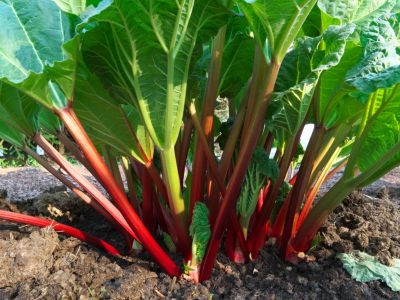Rhubarb is an example of a perennial addition to the home garden, and the ‘Crimson Cherry’ variety is especially known for its sweet taste.
Crimson Cherry Rhubarb Info
Rhubarb plants are a popular choice for gardeners who wish to use the stalks in recipes for sauces, pies, and other baked goods. Rhubarb plants are unusual in that only some parts of the plant are edible, while other parts are toxic. This toxicity is caused by the presence of oxalic acid. With any rhubarb, make certain to properly research its use and handling before trying any recipes in the kitchen. Crimson Cherry rhubarb plants produce stalks that are a magnificent, bright red color. Often reaching heights of 4 feet (1 m.), these robust perennials are extremely cold-tolerant and will likely thrive in northern gardens.
How to Grow Crimson Cherry Rhubarb
Crimson Cherry rhubarb plants are relatively simple to grow. To ensure that the plant is true to type, it is best to grow this variety from transplants. Crimson Cherry plants can be purchased online or may be found in local plant nurseries. When buying plants, growers should look for roots that are still dormant. Dormant plants can be put into the ground in spring as soon as the soil can be worked. When planting Cherry Crimson rhubarb, be certain to select a location that will not be disturbed. The planting location should be well-draining and receive at least 6-8 hours of sunlight each day. At planting, place the crown of the plant at least 2 inches (5 cm.) below the surface of the soil. Since the plants will grow quite large, make certain to space the plants at least 36 inches (1 m.) apart. Water the rhubarb consistently until the plants have become established.
Cherry Crimson Rhubarb Care
Beyond planting, Cherry Crimson rhubarb plants require relatively little maintenance. The plants require annual fertilization, which is usually done in the spring. Plantings of rhubarb should remain weed-free throughout their growth. Growers should not harvest stalks from first-year plantings, as it is very important to allow the plant to develop a strong root system. Never remove more than one-third of the plant during the harvest process.
